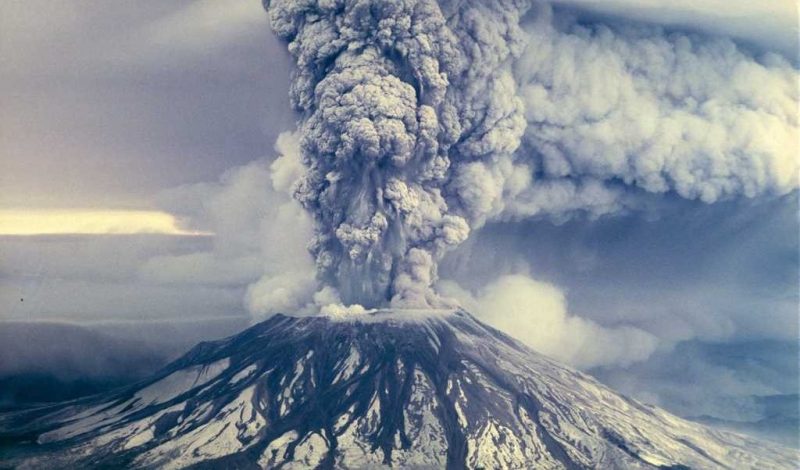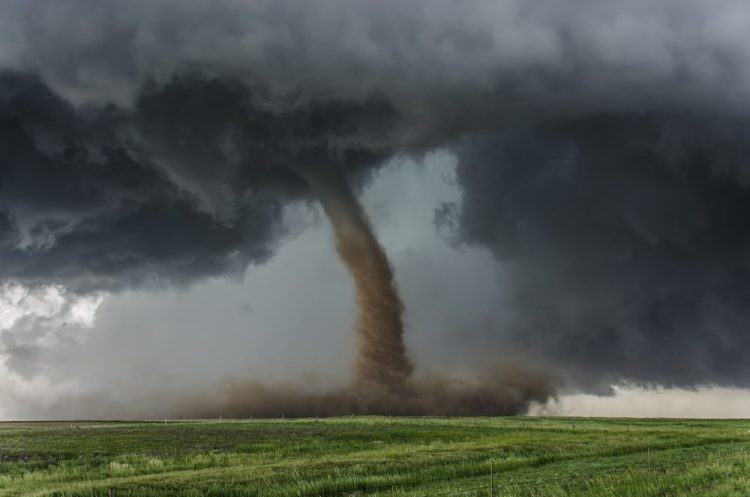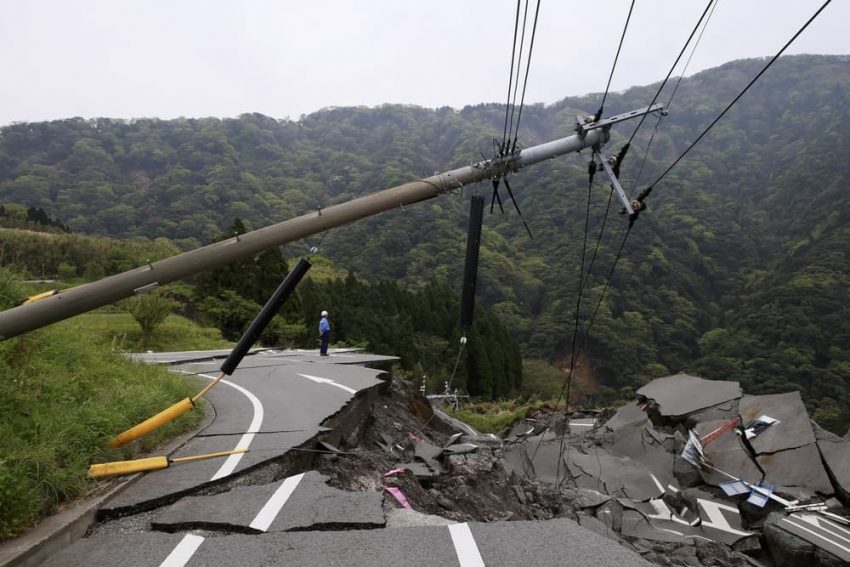The entropy It is a quantity that is used in thermodynamics to measure the changes or properties of an element from its initial state or moment to the final moment. Entropy indicates the degree of disorder of a system, which is produced by an energy that cannot be controlled and, therefore, cannot be used. The more disorder, the greater entropy.
The fundamental law of nature In relation to entropy, it is that when there is a natural process, entropy increases (since entropy tends to increase in all spontaneous processes), which means that disorder or degradation increases. Thus, entropy is part of processes and situations that humans come into contact with on a daily basis, many of these processes occur over time and under certain conditions. For instance: a bonfire, melting glacier ice, or rusting metal.
When a system undergoes a change, it may never return to its original (irreversible) state. For example: If it occurs a forest fire, there will be a high degree of entropy because it will take a lot of time and effort for the site to return to its initial order.
Origin of the term entropy
The term entropy was introduced by the German physicist Rudolf clausius in 1895 and comes from a Greek word that means “transformation”. This concept is symbolized by the letter “S” and is the cornerstone of the second principle of thermodynamics.
Clausius built on the previous ideas of entropy of the French physicist Sadi carnot and observed that energy is lost in the form of heat in all processes. In addition, he studied the relationship between entropy and the impossibility of transferring heat from a cold body to a warm one.
The term entropy is also used in disciplines such as information theory, ecology or physics to refer to the disorder present in a certain system.
Neguenthropy
The neuentropy or negative entropy is the energy that an open system obtains from the environment to be able to develop and thus keep its natural levels of entropy lower and achieve order. The term was coined by the French physicist Léon Brillouin as an antonym of the word entropy.
An example of negentropy occurs in the human body, which obtains from its environment the necessary food to stay alive. Obtaining energy from the environment gives order to the body.
Examples of entropy in nature

- The eruption of a volcano
- Rotten water
- Water falling from a waterfall
- The wreck of a ship
- Sand formation in the sea
- The formation of mountains, ranges and plateaus
- The formation of pumice stone
- The formation of stones
- The formation of a natural pit
- The consequences of a hurricane

- The formation of the plains
- The different levels of depth of the sea
- The lakes
- The oceans
- The rivers
- A tidal wave
- An ice melting in warm water
- A forest fire
- A swamp
- A ray
- An earthquake

- An earthquake
- A tornado
- A swamp
- An epidemic of bacteria
- A flood
- A rain
- A wave hitting
- A branch that burns from lightning
- A storm
